Location : 73 Mai Thi Luu Street, district 1, Ho Chi Minh City, Vietnam Built in 1909 by the Cantonese immigrants, Jade Emperor Pagoda or Chua Ngoc Hoang or Phuoc …
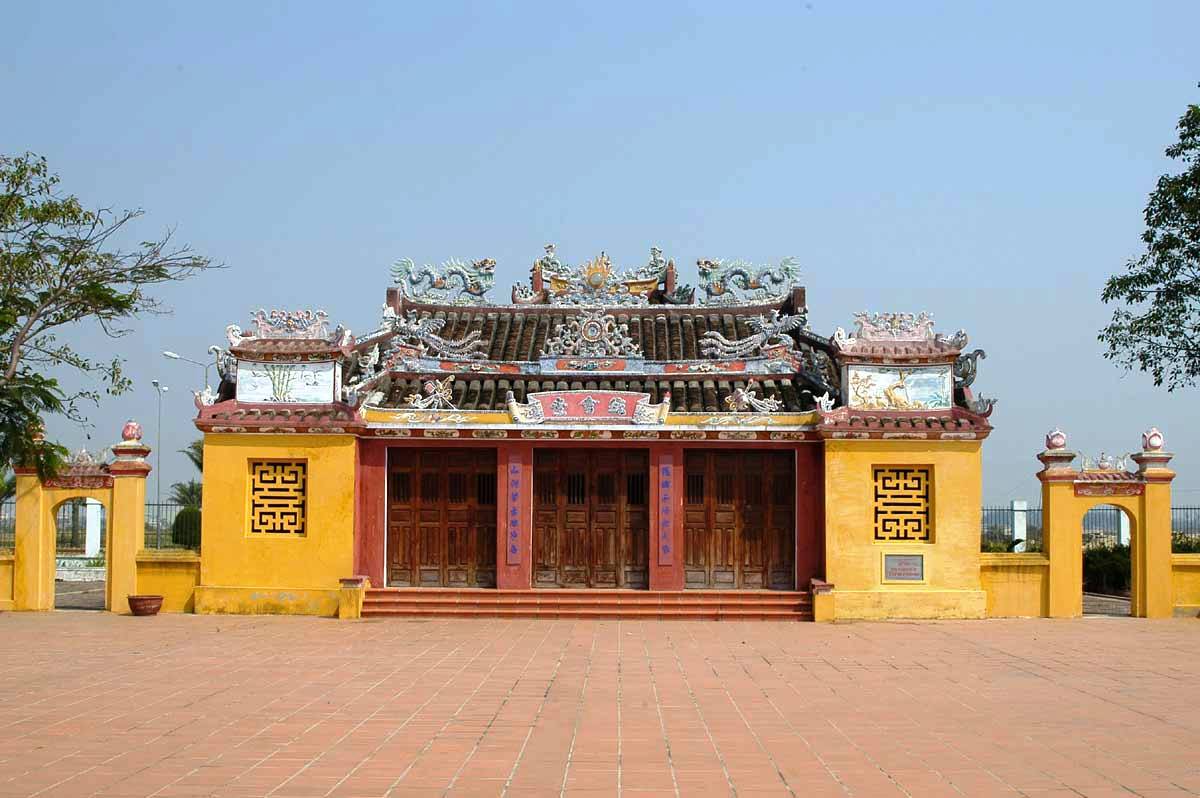
Location: Nai Nam Communal House lies in Dang Luu street, group 11 Nam Son, Hoa Cuong Ward, Hai Chau district, Da Nang City.
Characteristic: It was constructed in the year of At Ty (1905) to venerate the village protective god of safety and fairness, the residential gods of the earth and the village forefathers.
Nai Nam Communal House represents much of the Nguyen Dynasty culture with a pantiles roof, brick walls, two dragons attacking two sides of a moon, a well-suited couple of the Phoenix and Rheinart’s pheasant and bats bearing peaches in their mouths, all of which were combined with debris of pottery absorbing tourists. There are three components with two outbuildings inside of the house. The front one has the length of 11,7m and the width of 1,9m, while the backward one has the width of 3,9m and the length of 4,1m.
There are 24 jack tree wood columns in four lines, each of which is from 2.5 to 4.1m high. The beam composition is “Chong ruong – Gia thu” (Columns with sustaining pedestal – beams sustained by columns reclining against the wall). The gable, having the patterns of a carp changing to a dragon and the eight gods with decorative floral patterns, was engraved by gifted artisans. In the old days, there is the celebration operated every year to implore for benedictions and safety at the full moon of the second lunar month and on Lunar New Year’s Eve.
During the resistance wars against the French and the Americans the village communal house was used as an underground base which witnessed the admission of new members to the Communist Party, the preparation of the political army forces for attacks on the city in 1950, 1951, 1960 and 1975, as well as the sacrifice of numerous able members for the revolutionary cause.
The village communal house, during the resistance wars against the French and the Americans, operated as a subterranean base observing the celebration to admit new Communist Party members, the readiness of the political military corps for assaults on the city in 1950, 1951, 1960 and 1975, as well as the sacrifice of a great number of competent members for the insurgent reason.
Nai Nam Communal House with its value of fine art and architecture is famous as a remaining, representative village communal house. The Ministry of Culture and Information admitted Nai Nam Communal House as a national vestige in 4th January 1999.
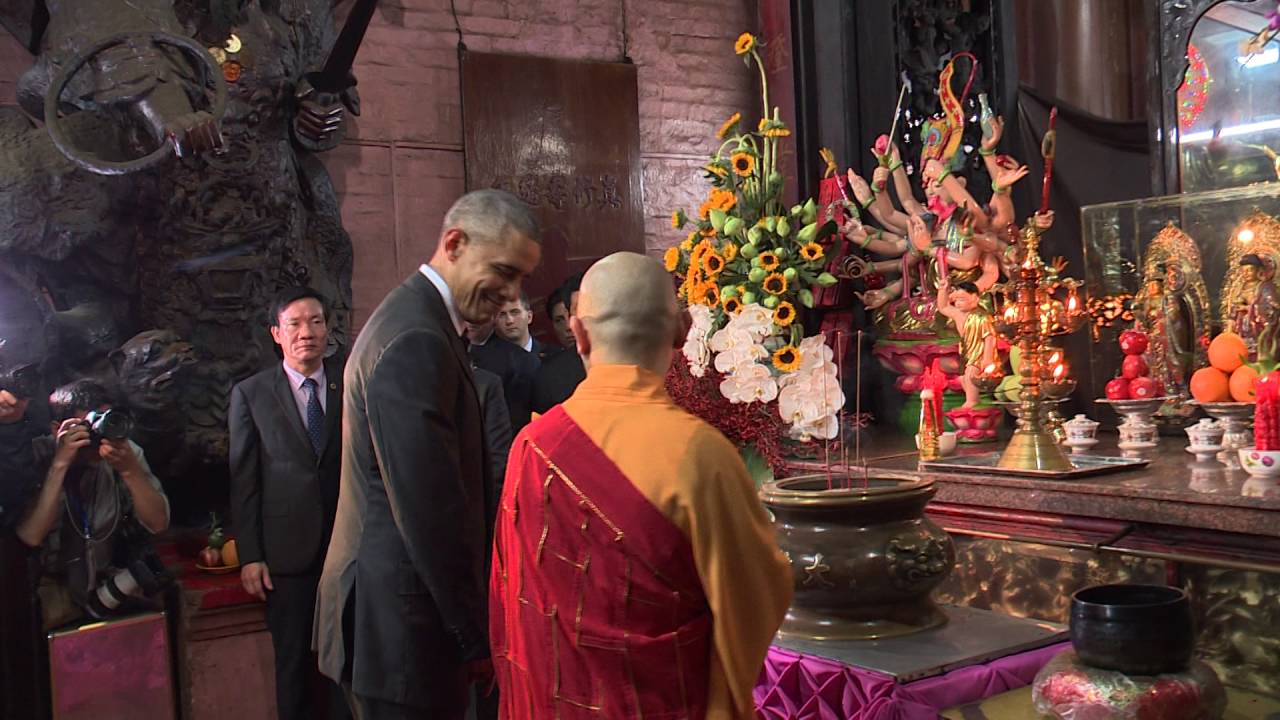
Location : 73 Mai Thi Luu Street, district 1, Ho Chi Minh City, Vietnam Built in 1909 by the Cantonese immigrants, Jade Emperor Pagoda or Chua Ngoc Hoang or Phuoc …
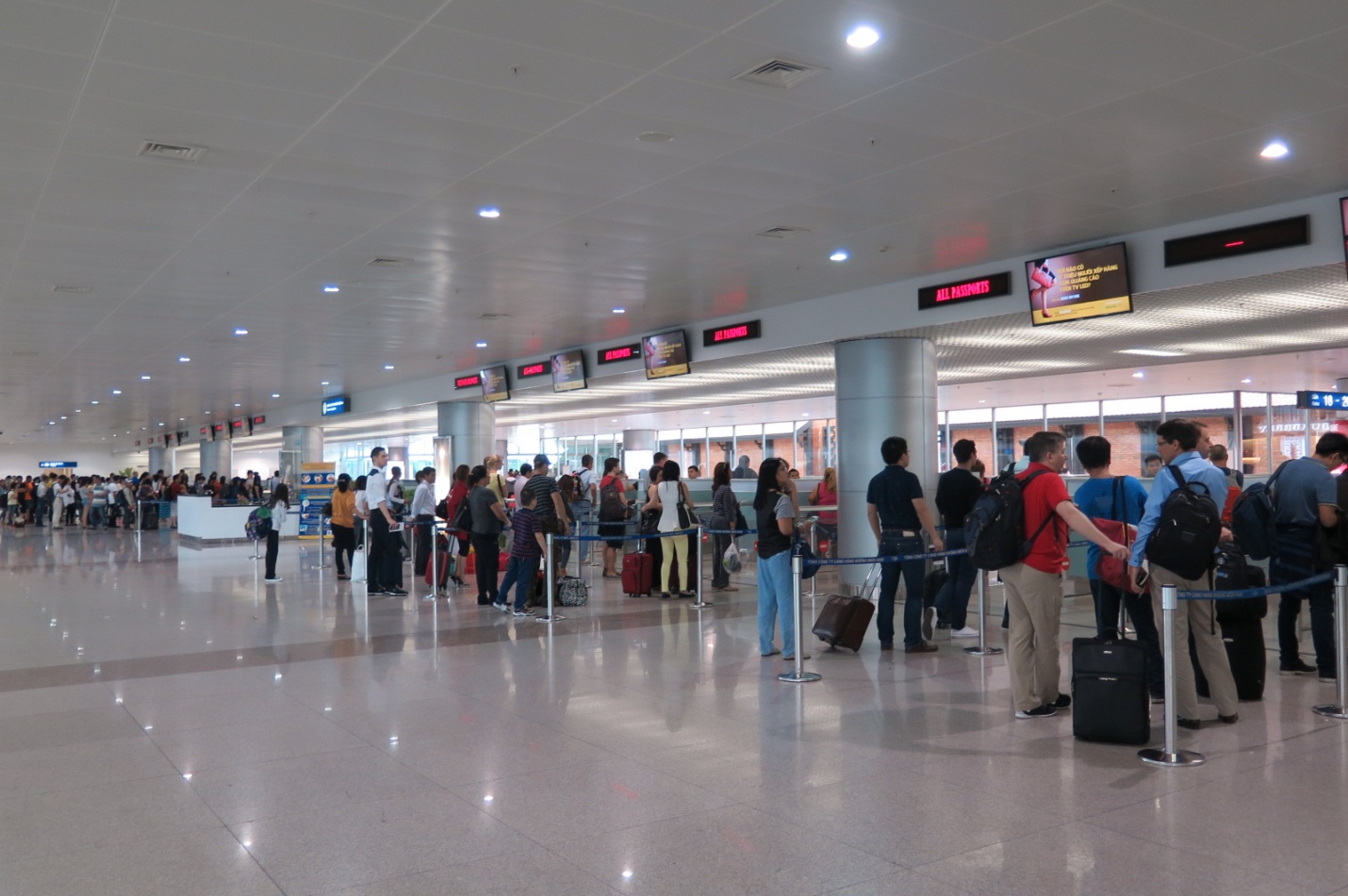
Tan Son Nhat airport is one of three international airports in Vietnam beside Noi Bai airport in Hanoi and Da Nang airport in Da Nang. This airport plays an important …
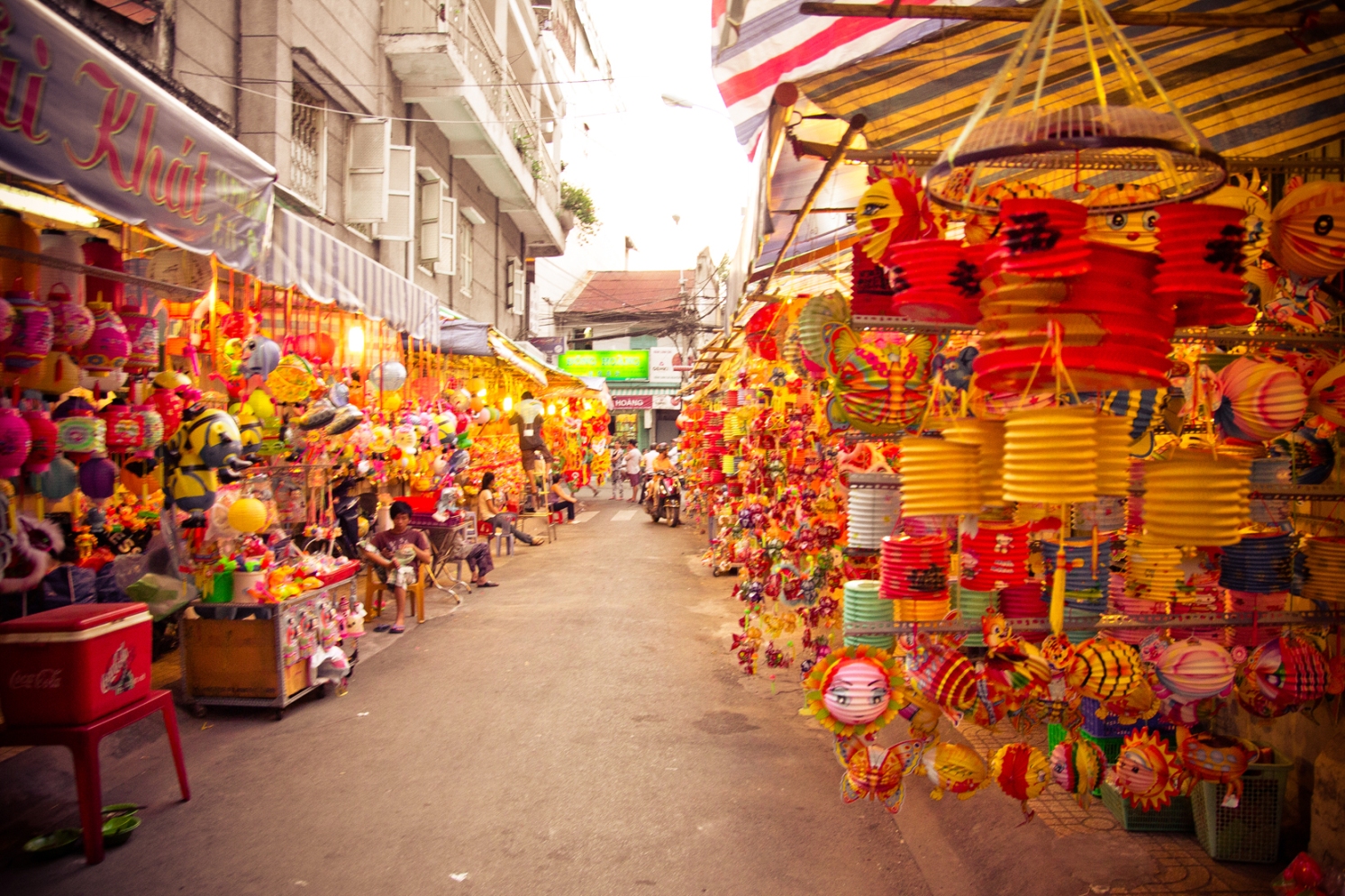
Chinatown is one of the most attractive destinations for tourist when coming to Ho Chi Minh City due to its unique culture, architecture and cuisine. Chinatown in Ho Chi Minh …
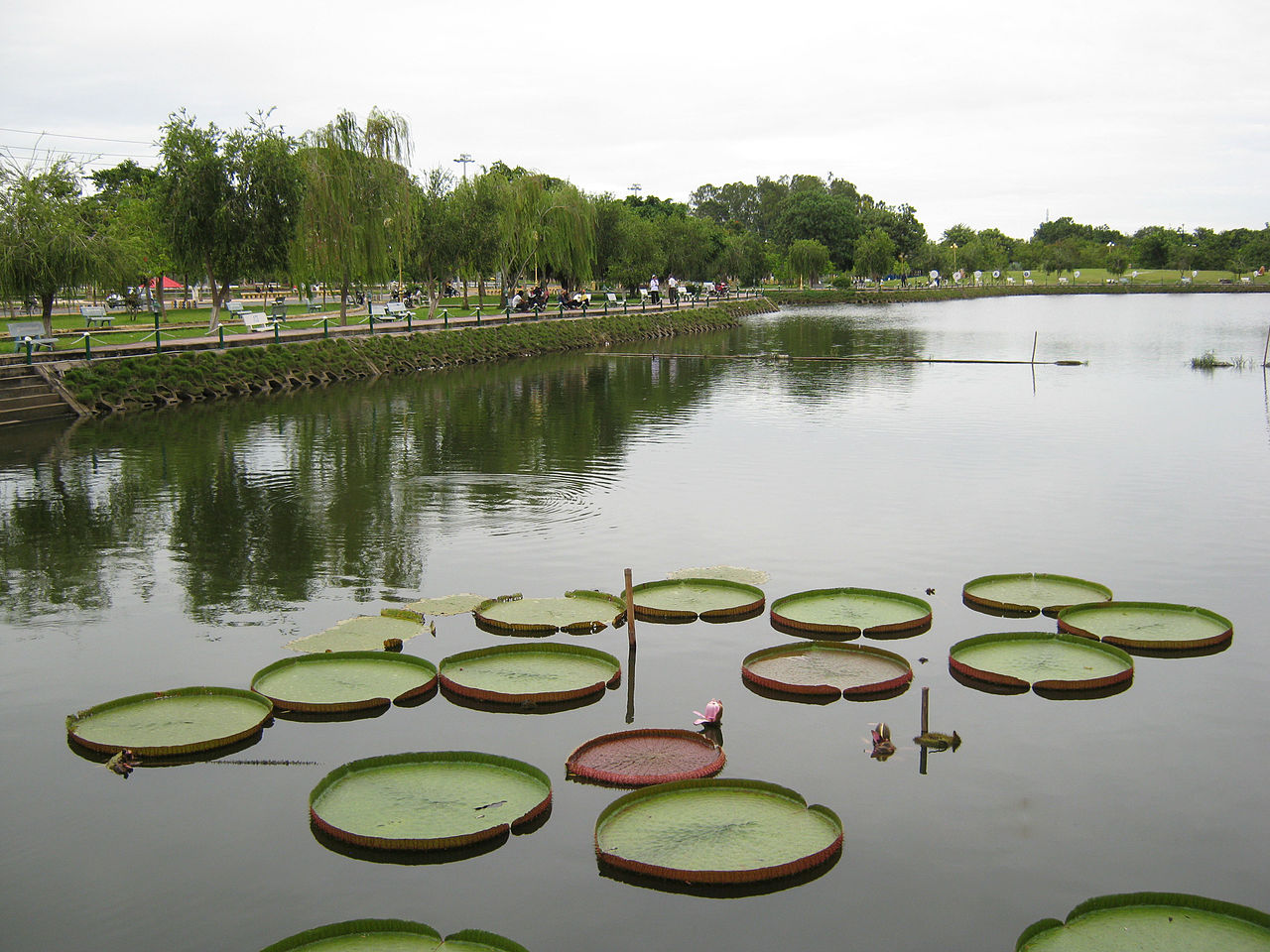
Located in a distance of three kilometers from downtown Ho Chi Minh City, Van Thanh Park becomes a wonderful place for visitors who are trying to escape the disturbing noise …
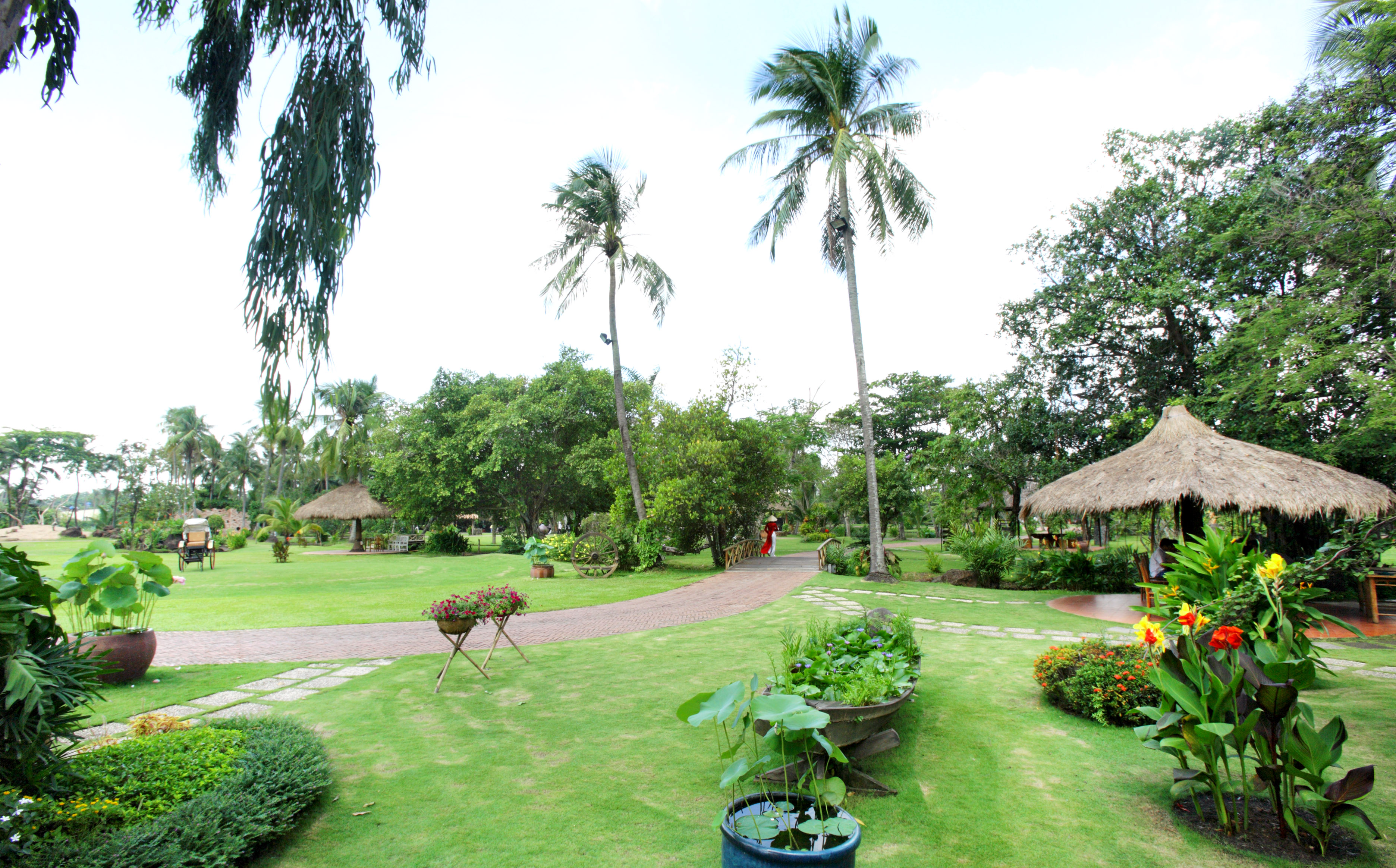
Binh Quoi Tourist Village includes two main areas: Binh Quoi Tourist Area 1 and Binh Quoi Tourist Area 2, which are on the north for around ten kilometers from the …
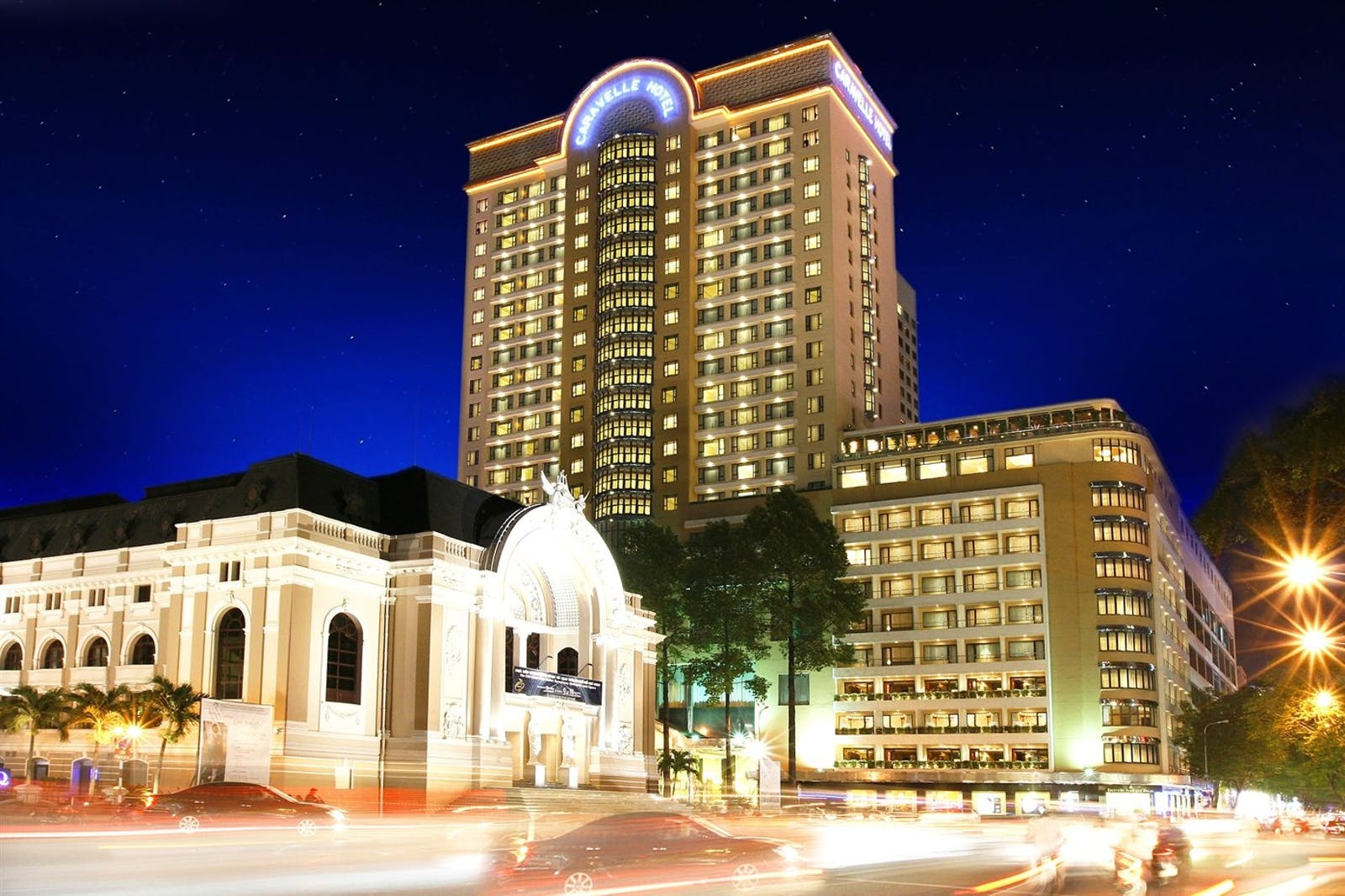
On Christmas Eve 1959, The Caravelle Hotel was inaugurated in a festival with free silver trayed canapés, vintage Champagne, and affability. In fact, the hotel had opened in seven months …
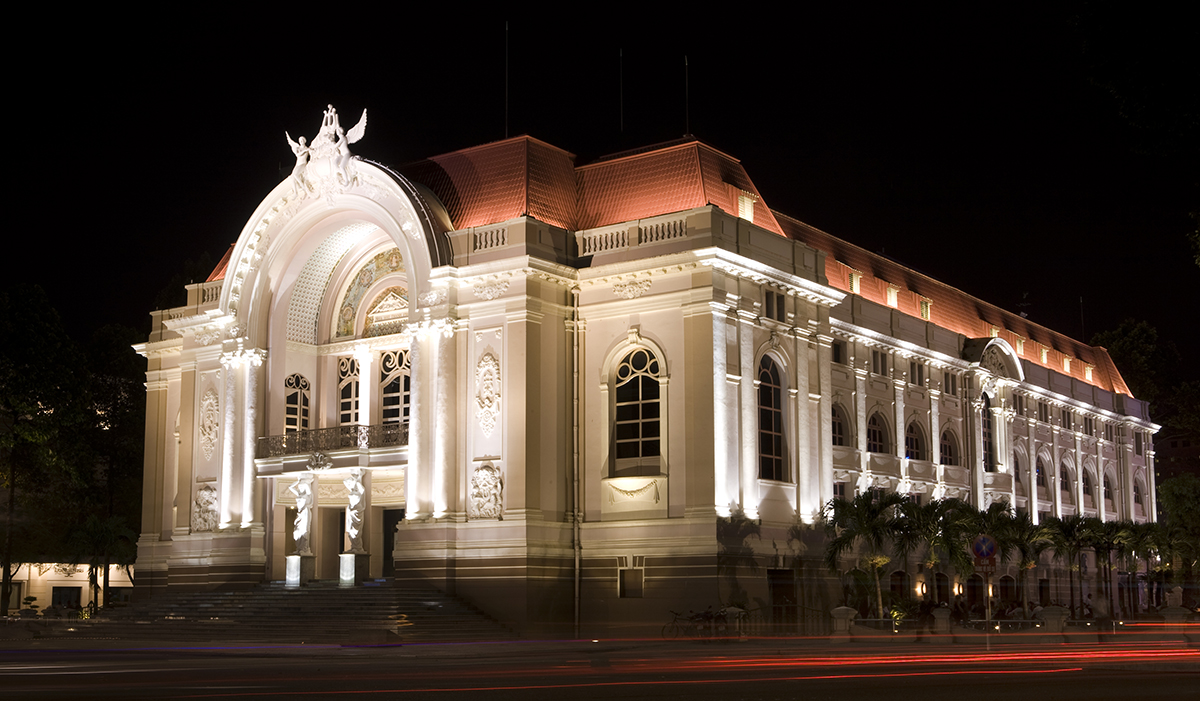
Location: Ho Chi Minh Municipal Theatre is located on Dong Khoi Street, Ho Chi Minh City, between the Caravelle and Continental Hotels. Characteristics: The theatre has a rotating stage and …
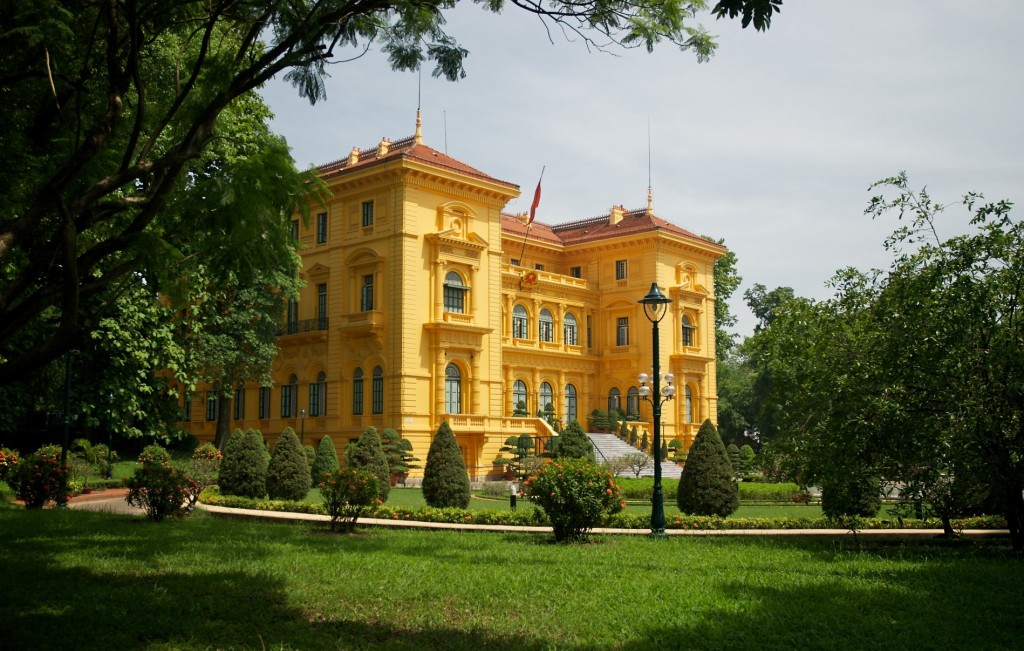
Chosen to be President Ho Chi Minh’s residence and office from May 1958 until his death, a stilt house is located in a large garden at the back of the …

The Ao Dai is a Vietnamese traditional outfit, now most commonly worn by women. At the present, nobody can know the original form of the ao dai. In the past, …

